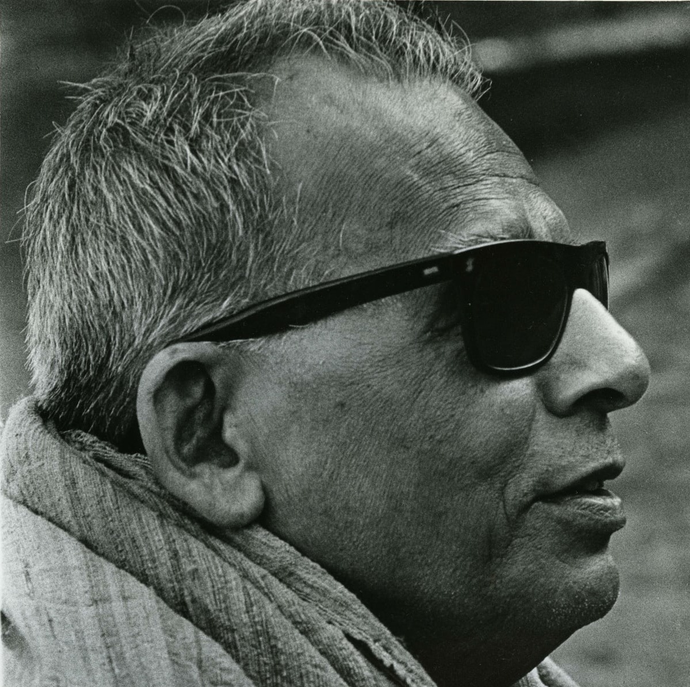
Benode Behari Mukherjee
Benode Behari Mukherjee was widely recognized as one of India's most esteemed modern artists. His fresco 'Medieval Saints' at Shantiniketan's Hindi Bhavan was a remarkable achievement that earned him the title of the "father of Indian murals."
Benode Behari Mukherjee's Biography
Benode Behari Mukherjee was born on 7 February 1904 in Behala, a suburb of Calcutta. Despite a childhood illness that impaired his vision and prevented him from receiving a formal education, he overcame these obstacles and became an influential teacher, a profound thinker, and a writer on art. At the age of thirteen, Mukherjee joined the school established by Rabindranath Tagore in Santiniketan. After completing his studies at Kala Bhavan, the art school and nucleus for an art movement, he became a member of the teaching faculty. Alongside Nandalal Bose and Ramkinkar Baij, he played a central role in transforming Santiniketan into the most important art center in India.
Mukherjee's early fascination with murals stemmed from his desire to work on an ambitious scale and present a comprehensive vision of the world. Among his notable murals, the most significant one was painted between 1946 and 1947 on three walls of the Hindi Bhavan at Santiniketan. This mural depicted the lives of medieval saint poets, showcasing an elaborate pageant that offered a glimpse into India's rich past.
In 1949, he assumed the position of curator at the Government Museum in Kathmandu in Nepal. Later on, he established an art school in Doon Valley. Unfortunately, due to financial constraints, the school had to be discontinued.
Later, Mukherjee suffered a rapid decline in his eyesight, eventually losing his vision after an unsuccessful surgery in 1957. However, Mukherjee's creative spirit remained undeterred. He shifted his focus to paper cuts, prints, and sculpture. Despite losing his eyesight, he returned to Santiniketan to teach art history and further developed his writing skills.
He received numerous honors, including literary awards, an emeritus professorship at Visva Bharati, and an elected fellowship at the Lalit Kala Akademi. In 1974, the Government of India honored him with the Padma Vibhushan, one of the country's highest civilian awards.
Throughout his career, Mukherjee had several important exhibitions, including the Centenary Retrospective exhibition curated by Gulammohammed Sheikh and R. Siva Kumar at the National Gallery of Modern Art (NGMA) in 2006–07. His works are held in esteemed collections, such as the Tate Museum in London, and the Kiran Nadar Museum of Art (KNMA) in New Delhi.
The artist passed away on 19 November 1980 at the age of seventy-six.
Benode Behari Mukherjee's Art Style
Mukherjee's art style represented a captivating blend of Western modern art influences and the spiritual essence of Oriental traditions, encompassing both Indian and Far-Eastern elements. In some of his works, a distinct influence of Far-Eastern traditions is evident, particularly in the use of calligraphy and traditional wash techniques from China and Japan.
The impact of Western modern art idioms on his style was evident, as he skillfully merged Cubist techniques like multi-perspective and faceted planes to solve problems of space. Additionally, Mukherjee drew inspiration from Indian miniature paintings in the frescoes of the Mughal and Rajput periods.
Also, he drew inspiration from the beauty of nature and his surroundings. In his autobiography, "Chitrakar," Mukherjee openly acknowledges the profound impact that the environment of Shantiniketan had on his artistic journey. He regarded the Khoai, the sal forest of Surul, and the banks of the Kopai River as his unwavering companions. He found solace and creative inspiration in these natural elements, which served as the subjects for many of his paintings.
Years:
Born in 1904
Country:
India, Behala